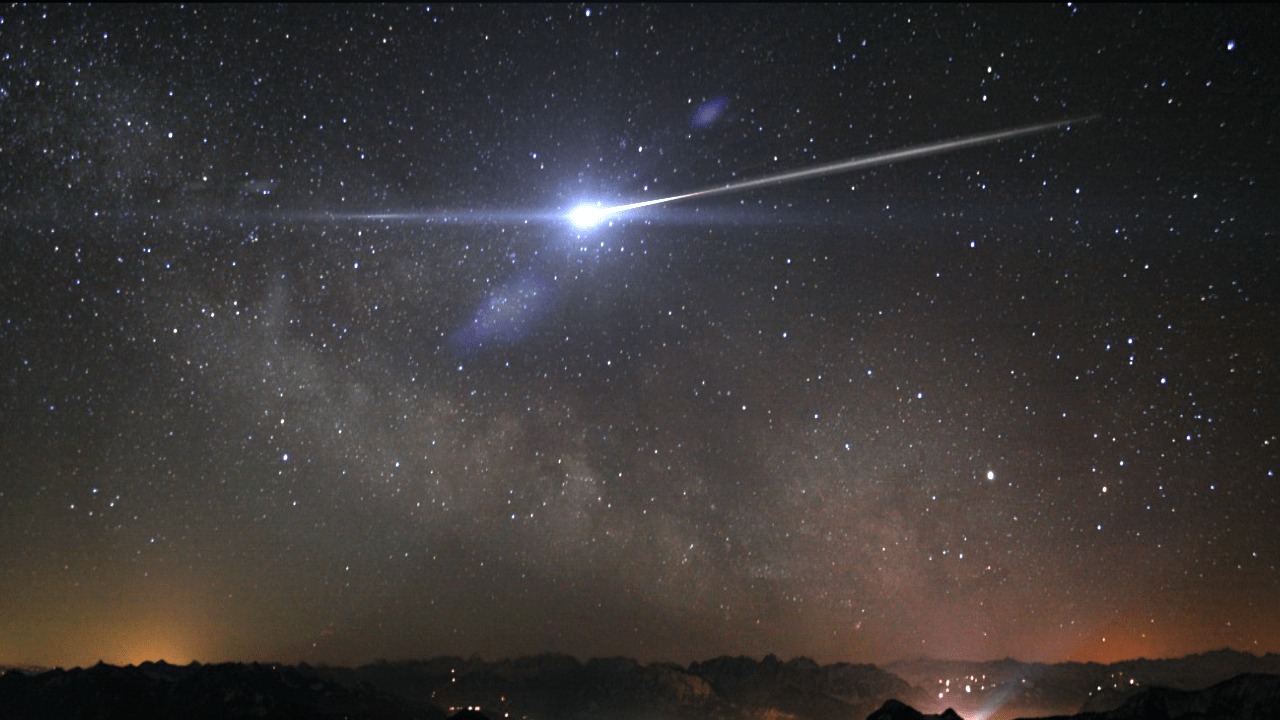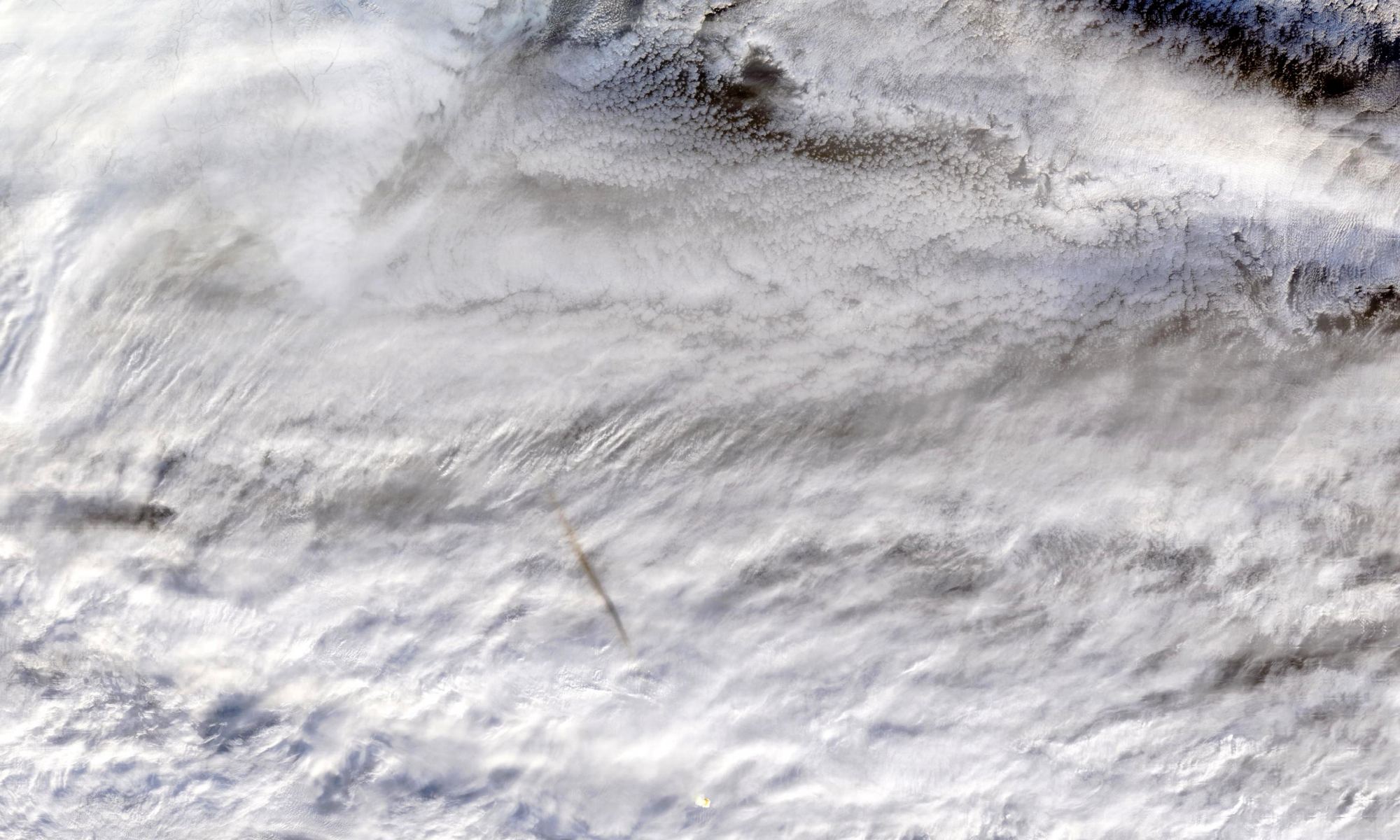On November 18th, 2022, shortly before midnight, the Catalina Sky Survey (CSS) in Arizona and other observatories worldwide detected a small object (now designated 2022 WJ1) heading toward Earth. For the next three hours, the CSS and the Southern Ontario Meteor Network (SOMN) at the University of Western Ontario monitored the object before it entered Earth’s atmosphere above Southern Ontario. At 03:26 a.m. EST (12:26 a.m. PST) on November 19th, the object appeared as a bright fireball that scattered meteorite fragments across the Niagara region.
This event triggered an international collaboration to hunt down the fragments for analysis, but none have been found yet. In a recent study led by Western University and Lowell Observatory, an international team of scientists described a new approach for studying near-Earth asteroids (NEA) based largely on 2022 WJ1. The study is significant in that the team determined the NEA’s composition—the smallest asteroid characterized to date—and established a new and integrated methodology for studying other NEAs that may impact Earth someday.
Continue reading “Scientists Reveal a New Way to Study Near-Earth Asteroids”


